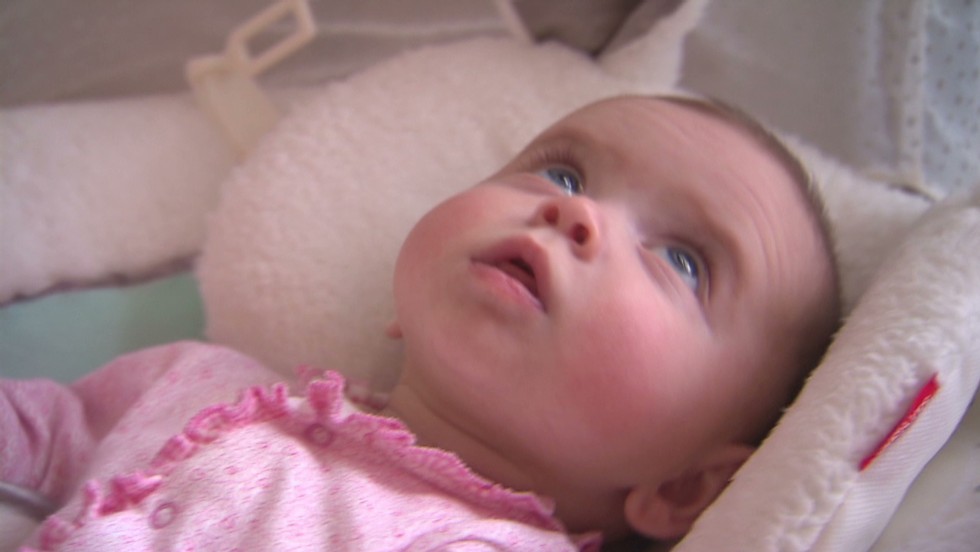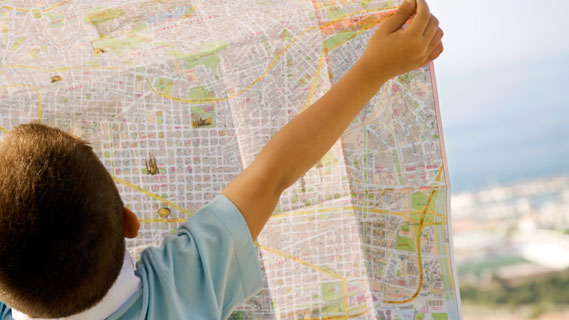
by webdev | Sep 1, 2018 | News
Why is a large vocabulary important for children? Because it’s linked to their reading and school success. Families can foster children’s vocabulary through conversations, reading aloud, and singing. Try these vocabulary-building ideas at home. >
Describe what you are doing >Talk about what your child is doing >Narrate your adventures in the car, at the grocery store, or on a walk > Read aloud to your child every day >Sing with children to introduce and reinforce new vocabulary >Talk, talk, talk
More information here

by webdev | Sep 1, 2018 | News
Our strict food rules might be teaching children to override their instincts surrounding hunger and fullness. According to experts, both family and society play large roles in
shaping our lifetime relationship with food, and sending the wrong messages about nutrition can disrupt the innate ability we possess to
self-regulate our consumption. More information here

by webdev | Sep 1, 2018 | News
Too much tech and too little talk could delay communication development. Parents today are more pressed for time than any other generation of
parents—and constantly connected. Largely thanks to the smartphone, parents often find it difficult to separate from their hand-held
devices. Checking your phone has become both habit and necessity to manage work and family life. But, all this multitasking could also hurt your young child’s ability to learn. Read more here.

by webdev | Sep 1, 2018 | News
“Babies first start learning language by listening not to individual words, but to the rhythm and intonation of the speech stream — that is, the changes between high and low pitch, and the rhythm and loudness of syllables in speech. Parents often exaggerate these features of the language when talking with their infants, and this is important for early language learning.” Read the full article here.

by webdev | Sep 1, 2018 | News
Temple University’s Dr. Nora Newcombe describes
spatial thinking as “seeing in the mind’s eye.” Spatial skills are what allow us to “picture the locations of objects, their shapes, their
relations to each other and the paths they take as they move.” Maps support spatial thinking by helping children visualize where objects,
places, cities, and countries are in relation to one another. Quite literally, maps help them figure out their place in the world. More information here








